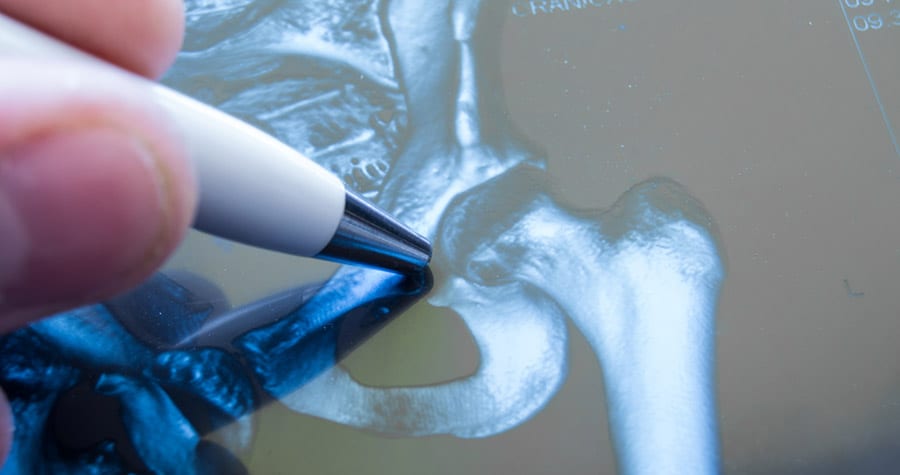
How Do Your Bones Heal?
The human body has a remarkable ability to heal itself. When a bone breaks, referred to as a fracture, your body starts to make efforts to repair the damage and heal tissues immediately. How much assistance will be necessary to successfully complete this process will depend on the extent of the break, where it’s located, and whether or not surrounding muscles, tendons, ligaments, and nerves were also affected.
Inflammation, Clotting, and Germ Killing
The initial steps your body will take include triggering inflammation, which serves a protective purpose, and producing blood clots around the broken parts of the bone. Your immune system will dispatch special cells called phagocytes to kill germs and remove harmful bacteria. Surrounding blood marrow, tissue, and elements in blood also produce stem cells to help with bone and cartilage formation.
Callusing Around the Fracture
As a fracture continues to heal, soft callus primarily consisting of collagen will be formed by special cells known as chondroblasts around the broken parts of the bone. It can take anywhere from days to weeks to complete this process, depending on the extent of the break and whether or not a broken bone had to be placed back into its original position. Osteoblast cells will then create new bone by forming a harder type of callus around the fracture. This stage usually begins a few weeks after a break occurs and may continue for 3-4 months.
Remodeling Bones
The final step in the healing process is bone remodeling. Extra bone from around the fracture is removed by cells called osteoclasts. It’s possible for a bone to be healed enough to restore normal function without yet being fully “remodeled,” a process that may take several years to fully complete. Sometimes, a fracture may not heal at all or it may fail to heal properly. If this happens, an orthopedic surgeon may have to use other materials to fill the gap where a bone has failed to heal.
How to Know You Have a Fracture
It may not always be obvious that a bone has broken. The first sign that you may have a fracture is any pain you felt around the affected area. A previous spinal cord injury or an underlying condition such as diabetic neuropathy could make it difficult to sense pain from a fracture. Typically, symptoms other than pain include swelling and redness, an inability to make certain movements, and a visible deformity.
About 15 million fractures occur each year in the United States. If you happen to be among those individuals who breaks a bone, see your doctor or an orthopedic specialist to increase your odds of experiencing successful healing. When a bone does heal properly, you should be able to return to your normal activities, although appropriate precautions such as watching out for potential fall hazards and wearing protective gear while playing sports can reduce your risk of having another broken bone.







